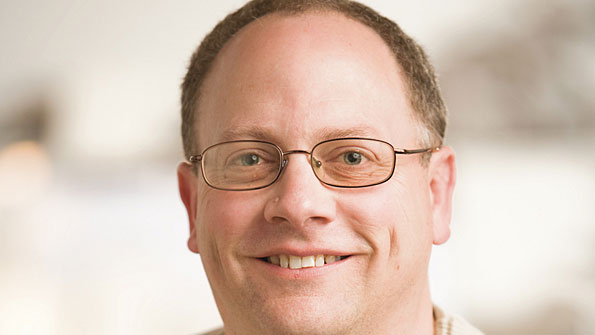Get a glimpse inside a technological crystal ball with Daniel Burrus at IWCE
What is in this article?
Get a glimpse inside a technological crystal ball with Daniel Burrus at IWCE
Technological advances are coming at a fast and furious pace. What is the next “big thing,” and how can your organization best take advantage of it? Ask Daniel Burrus, who has been one of the top technology forecasters on the planet for 30 years and will be sharing his insights at IWCE 2014 next month as the opening keynote speaker.
Burrus heads a research and consulting firm that advises Fortune 500 companies—giants such as Microsoft, Google, GE, Toshiba and Proctor & Gamble are clients—about technology in a manner that help their leadership make key strategic decisions. With so many potential variables to consider during times of significant change, it can be difficult for leaders to make choices. This often results in stagnation, according to Burrus.
“When you’re uncertain—regardless of whether you’re in government, first response or private enterprise–you don’t write checks, you don’t say ‘Yes,’ you don’t hire, you don’t expand, you don’t start new businesses and you don’t know what equipment to buy,” Burrus said yesterday during an interview with IWCE’s Urgent Communications. “You go to a trade show like [IWCE] and you see all of the new stuff. But, because of uncertainty, you don’t even know if you should buy anything.
“However, the opposite is true with certainty. When you are certain, you have confidence. When you are certain, you can move forward; you’re not trapped. What I’m going to be bringing to the conference is an understanding of how much we can be certain about, so that we can have the confidence to move forward in a new and powerful way, regardless how we serve and who we serve.”
Of course, all leaders want to make confident, visionary decisions that lead to long-term success for their organizations. But how do they sort through all the myriad information that is available to make the right choices? One of the first steps to identify the kinds of changes that are occurring, Burrus said.
For instance, some changes are a symptom of one of more than 300 known cycles—in a variety of fields, including business, biology and weather—while others are reflective of a “linear change,” according to Burrus.
“Unlike cyclical change, linear change is one way; once it happens, you’re not going back,” Burrus said yesterday during an interview with IWCE’s Urgent Communications. “Once you get a smart phone, you’re not going back to a dumb phone.”











